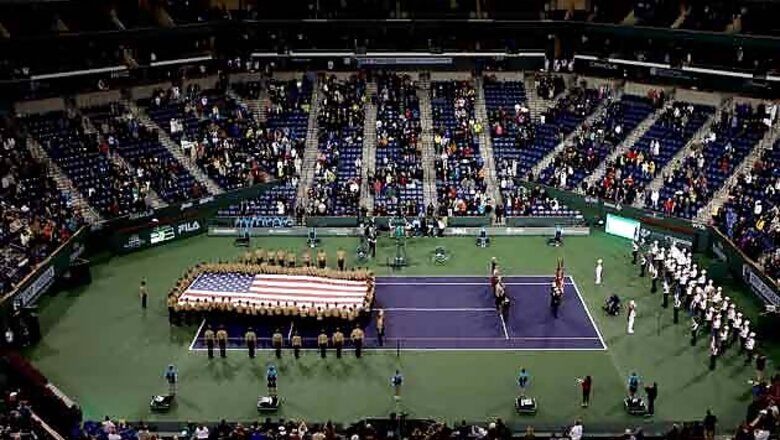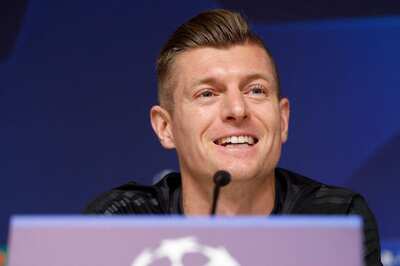
views
California: The BNP Paribas Open at Indian Wells is widely regarded as the biggest tournament in tennis outside the grand slams and its chief executive officer, Raymond Moore, intends to keep it that way. Applauded by players and fans for its superb facilities, its ideal weather in the California desert and its many innovations, the elite event has earned a reputation for being one of the sport's leading standard bearers.
It is the only event, grand slams included, to have the Hawk-Eye ball tracking system installed on every match court and in 2011 it became the first non-grand slam tournament to offer $1 million in prize money to its singles champions. "We are going to continue pushing the envelope as much as we can and raise the bar for everyone," South African Moore, 66, told Reuters as he sat in his plush office at the Indian Wells Tennis Garden.
"We have a five-year growth and expansion plan in which we aim to hit certain goals. As an independently owned business unit, we are just trying to strengthen our business, and we strengthen our business by making our players happy. "They are the product. You cannot do anything without the players and we want 100 percent player support. So we are hell-bent on really making conditions as good as we can."
Perhaps the most attractive feature for the players is the surprisingly large number of practice courts at Indian Wells. "From next year, we will have a total of 29 courts on site, with 20 practice and nine match courts," Moore smiled. "And the players are often practising on the match courts in the morning and later in the evenings when there are no tournament matches. "The players love that as we don't have to ship them off site where they might have to contend with different circumstances - the surface might be different and the ball may be slightly faster or slower."
Moore, a former ATP Tour player who won eight doubles titles during the 1970s and early 1980s, is equally proud of having the Hawk-Eye replay technology on every match court at Indian Wells. "It's a great feature for the players," he said. "It means that if you are a low-ranked player, you are still getting exactly the same treatment as the number one ranked player in the world. So it's a level playing field." While the elite Indian Wells event attracts most of the game's top players and has often been described as an unofficial "fifth grand slam", Moore said he and his committee were not pursuing major status.
"We think that four grand slams is enough," he added. "They have over a hundred years of history, each one of them and we are not in that category. "Are we a contender or a pretender? I don't know. We are just humbled to be included in the conversation." Moore cited the Shanghai, Madrid and Miami events as the main rivals for Indian Wells outside the grand slams. "Obviously China is a huge market and who knows? Down the road maybe the Shanghai tournament will become a fifth grand slam. It's a big event already and maybe it becomes more important," he said.
"All we are trying to do is make our tournament the very best it can be, given the conditions. We want to be the very best tournament in the world outside of the four grand slams." Indian Wells already attracts the biggest crowds for either an ATP World Tour event or a WTA tournament and Moore has set his sights on upping the overall attendance during the fortnight to 500,000 within five years.
"I wish I actually hadn't gone public with it, it puts my feet to the fire," he grinned. "However we are hoping to touch 400,000 this year and I think we might get there. "That depends a lot on the weather and the player match-ups because it's always the walk-up crowd that makes those numbers. That's kind of the wildcard." Moore said he had taken a leaf out of Wimbledon's book by making long-term plans at Indian Wells where a new stadium court, with 8,000 seats and two restaurants, and four additional practice courts will be built before next year's tournament.
"Wimbledon plan years ahead," he added. "They never do anything after the tournament that hasn't been planned two years ahead. It's taken us a couple of years to get there ... but we've now got full approval, a green light to begin building. "We start the day after the tournament, March 18, on a 10-and-a-half month building schedule. Next year people are not going to believe the changes. They are going to be blown away."


















Comments
0 comment